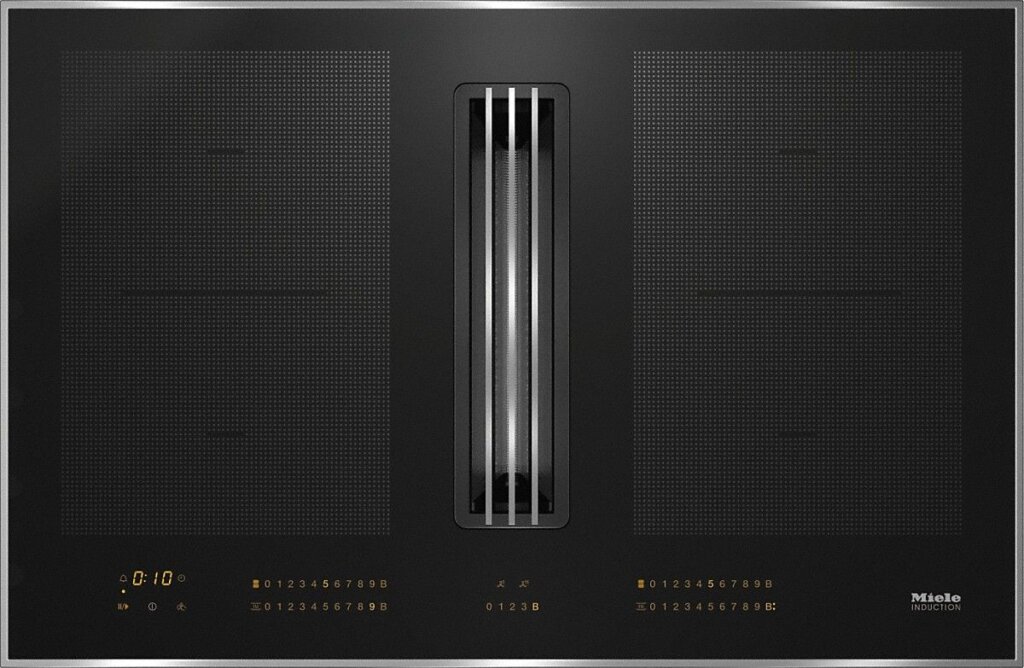Wissenswertes zum Thema Abluftsteuerungen
Sicherheitseinrichtungen unterliegen der Bauordnung und sind nur zulässig, wenn sie das Übereinstimmungszeichen (Ü-Zeichen) vom Deutschen Institut für Bauordnung (DIBt) tragen!
Quelle: Landesbauordnung § 20 Bauprodukte (1)
Achten Sie beim Kauf auf die DIBt-Zulassung!
Ihre Abluftsteuerung (Fensterkontaktschalter) sollte unbedingt mit einer DIBt-Zulassung versehen sein, damit Sie sicher gehen können, die größtmögliche Sicherheit zu erhalten. Auch wird Ihr Schornsteinfeger auf diese Prüfung achten, wenn er ein solches System empfiehlt.
Auszug aus der Feuerungsverordnung (§4 Abs. 2 FeuVO)
§ 4 Aufstellung von Feuerstätten
(2) Raumluftabhängige Feuerstätten dürfen in Räumen, Wohnungen oder Nutzungseinheiten vergleichbarer Größe, aus denen Luft mit Hilfe von Ventilatoren, wie Lüftungs- oder Warmluftheizungsanlagen, Dunstabzugshauben, Abluft-Wäschetrockner abgesaugt wird, nur aufgestellt werden, wenn
1. ein gleichzeitiger Betrieb der Feuerstätten und der luftabsaugenden Anlagen durch Sicherheitseinrichtungen verhindert wird, oder
2. die Abgasführung durch besondere Sicherheitseinrichtungen überwacht wird, oder
3. die Abgase der Feuerstätten über die luftabsaugenden Anlagen abgeführt werden oder
4. durch die Bauart oder die Bemessung der luftabsaugenden Anlagen sichergestellt ist, dass kein gefährlicher Unterdruck entstehen kann.
5. Bauherren bzw. Eigentümer der Feuerungsanlage sind grundsätzlich verpflichtet, die Vorschriften der Feuerungsverordnung einzuhalten.
Quelle: Zitat Ministerialrat van Hazebrouck, Oberste Baubehörde im Bayerischen Staatsministerium des Innern vom 04.06.2009
Unter einer Abluftsteuerung versteht man ein Gerät, das eine Abluftanlage zuverlässig außer Betrieb setzt, so lange nicht bestimmte Bedingungen vorliegen, die ein Anlaufen der Abluftanlage erlauben.
Das bekannteste Beispiel für eine Abluftsteuerung ist die Dunstabzugssteuerung.
Grundsätzlich wird eine Abluftsteuerung immer dann benötigt, wenn im gleichen Wohnraumverbund sowohl eine Abluftanlage (Dunstabzugshaube, Badlüfter, Ablufttrockner, etc.), als auch eine Verbrennungsstätte (Kaminofen, Schwedenofen, Gas-Therme, etc.) vorhanden ist. In der Regel wird von den Kaminkehrern darauf hingewiesen, dass eine solche Sicherheitseinrichtung nötig ist.
Paragraph 4 der FeuVO (Feuerstätten Verordnung) sagt sinngemäß, dass bei Vorhandensein einer sog. Raumluft-abhängigen Verbrennungsstätte für Frischluftzufuhr gesorgt sein muss, wenn zugleich eine Abluftanlage in Betrieb genommen wird.
Also Frischluft für Abluft; hier geht es ausschließlich um den Druckausgleich. Aus Gründen des Energiesparens werden Wohnungen / Häuser immer dichter gebaut, Türen und Fenster isoliert, Wände gedämmt und jede noch so kleine Ritze abgedichtet. Wird nun in einem solchen Wohnraum eine Abluftanlage in Betrieb genommen, entsteht sofort ein erheblicher Unterdruck und somit die Gefahr, dass sich der Druck über die Verbrennungsstätte, die ja offen mit dem Kamin verbunden ist, ausgleicht. So wird nicht nur schmutziger Rauch und evtl. Ruß in den Raum gesaugt, sondern vor allem das toxische und viel zu oft tödliche Gas Kohlenmonoxid, kurz CO und das muss unbedingt vermieden werden.
Eine Sonderstellung nehmen die Abluft-Wäschetrockner, aber auch andere Abluftanlagen mit sehr hohem Stromverbrauch, ein. Während Dunstabzugssteuerungen regelmäßig nur bis zu 5 Ampere schalten, müssen Abluftsteuerungen für die Strom-hungrigen Geräte wesentlich größere Leistungen schalten können. Sie sind identisch aufgebaut wie die Steuerungen für die Dunstabzugshauben, aber mit einem wesentlich dickeren Relais ausgestattet. Das Prinzip ist ebenfalls das gleiche, wird ein Fenster geöffnet, kann der Wäschetrockner in Betrieb genommen werden. Mangels hoher Nachfrage bieten wir hier aber nur zwei Varianten an. Die Funk Abluftsteuerung FDS 216 (300460) im Zwischenstecker Gehäuse und die Kabel Abluftsteuerung KDS 116 (300750) in der Einbaudose mit Schraubklemmen für den Anschluss. Rein technisch spricht nichts dagegen, diese auch für die Dunstabzugshauben zu verwenden, doch durch die größere Bauform des 16A-Relais kann nur eins dieser Bauteile im Gehäuse Platz finden und somit haben diese beiden Leistungsschalter keine DIBt-Zulassung. Das DIBt verlangt nämlich, dass alle sicherheitsrelevanten Bauteile redundant, also doppelt ausgeführt sind.
Nun gibt es auch Gas-Thermen, die z.B. in fensterlosen Sanitärräumen montiert sind und dort gleichzeitig ein Badlüfter feuchte Luft aus dem Raum ziehen soll. Hier wäre es unmöglich, ein nicht vorhandenes Fenster zum Druckausgleich zu öffnen. Bei diesen Gegebenheiten sollten nur Gas-Thermen installiert werden, die über eine Zündungsinformation den Badlüfter abschalten bzw. freigeben. Die Information, ob eine Gas-Therme gerade gezündet und im Heizbetrieb ist, erfolgt idealerweise durch einen potenzialfreien Kontakt in der Therme, der für die Installateure per Schraubklemme zugänglich ist. Da diese Kontakte in der Regel nicht stark belastbar sind, also einen Lüftermotor nicht direkt schalten können, gibt es von Elektrotechnik Schabus zwei Abluftsteuerungen, die genau diese potenzialfreien Kontakte abfragen können und in Abhängigkeit ein potenzialfreies Wechsel-Relais schalten, an dem wiederum der Badlüfter angeschlossen wird. Wir nennen diese Abluftsteuerungen zur besseren Unterscheidung von den anderen Abluftsteuerungen „Gas-Thermen Steuerung“, obwohl natürlich nicht die Gas-Therme damit angesteuert, sondern wie bei allen anderen auch, nur der Lüftermotor ein- und ausgeschaltet wird.
Für eine Funkverbindung zwischen Gas-Therme und Badlüfter wählen Sie das Set FGS 170 (300714), bestehend aus einem Sender, der den potenzialfreien Kontakt der Gas-Therme abfragt und mit 230 Volt Netzspannung betrieben wird, und einem Empfänger mit Relaiskontakt, der den Badlüfter schaltet und ebenfalls komplett ohne Batterien auskommt. Für einen nebenan liegenden Raum – weiter geht die Funkverbindung nicht – der vielleicht einen weiteren Lüfter hat, gibt es einen FGS 170-E Zusatzempfänger (300701), der ab Werk auf den Sender codiert wird. Für die Kabelverbindung zwischen dem potenzialfreien Kontakt der Gas-Therme und dem Schaltrelais für den Badlüfter bauen wir die Kabel Gas-Thermen Steuerung KGS 116 (300715), die im Gegensatz zur Funk Steuerung, die nur 5 A schaltet, sogar 16 A schalten kann und so weitere Lüftermotoren an nur einem Relais arbeiten können.


